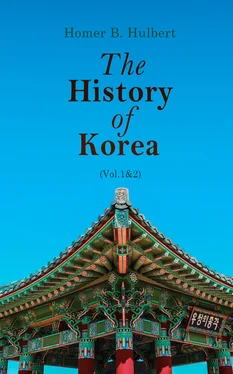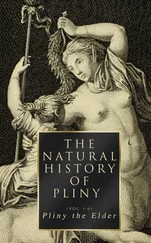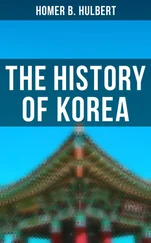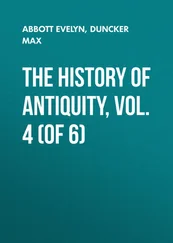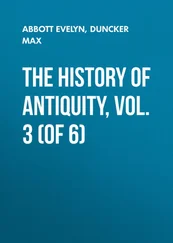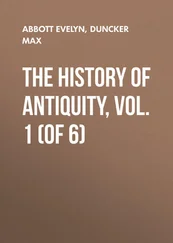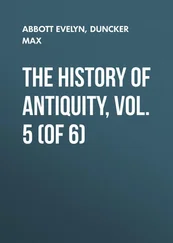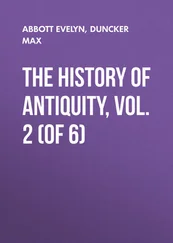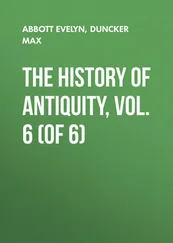1 ...7 8 9 11 12 13 ...52 We must now ask the reader to go with us to the southern portion of the peninsula where we shall find a people differing in many essential respects from the people of the north, and evincing not merely such different but such opposite characteristics from the people of the north that it is difficult to believe that they are of the same origin.
When King Ki-jun, the last of the Ki-ja dynasty proper was driven from P’yŭng-yang by the unscrupulous Wi-man, he embarked, as we have already seen, upon the Ta-dong River accompanied by a small retinue of officials and servants. Faring southward along the coast, always within sight of land and generally between the islands and mainland, he deemed it safe at last to effect a landing. This he did at a place anciently known as Keum-ma-gol or “Place of the Golden Horse,” now Ik-san. It should be noticed that this rendering is simply that of the Chinese characters that were used to represent the word Keum-ma-gol. In all probability it was a mere transliteration of the native name of the place by the use of the Chinese, and the rendering here given was originally unthought of.
They found the land inhabited, but by a people strange in almost every particular. The explicitness with which all native accounts describe the people whom Ki-jun found in the south is in itself a striking argument in favor of the theory that a different race of people was there encountered. The southern part of the peninsula was divided between three groups of peoples called respectively Ma-han, Chin-han and Pyön-han. How these names originated can hardly be learned at this date, but it would seem that they were native words; for the last of the three, Pyön-han, was also called Pyön-jin, a word entering into the composition of many of the names of the towns peopled by the Pyön-han tribes. It is necessary for us now to take a brief glance at each of these three groups, for in them we shall find the solution of the most interesting and important problem that Korea has to offer either to the historian or ethnologist.
The Ma-han people occupied the south-western part of the peninsula, comprising the whole of the present province of Ch’ung-ch’ŭng and the northern part of Chŭl-la. It may have extended northward nearly to the Han river but of this we cannot be sure. On its north was the tribe of Nang-nang, on the south was probably a part of Pyön-han but one authority says that to the south of Ma-han were the Japanese or Wă-in. These Japanese are carefully described and much color is given to this statement by certain coincidences which will be brought out later. No Korean work mentions these Japanese and it may be that the Japanese referred to were those living on the islands between Korea and Japan. But we can easilyeasily imagine the thrifty islanders making settlements of the southern coast of Korea.
The first striking peculiarity of the Ma-han people, and one that differentiates them from the northern neighbors, was the fact that they were not one tribe but a congeries of small settlements each entirely independent of the others, each having its own chief, its own army, its own laws. It is said that they lived either among the mountains or along the coast, which would point to the existence of two races, the one inland, indigenous, and the other, colonists from some other country. The Ma-han people were acquainted with agriculture, sericulture and the use of flax and hemp. Their fowls had tails ninety-five inches long. Here is one of the interesting coincidences that uphold the contention that the Japanese were in the peninsula at that time. These peculiar fowls are now extinct, but, within the memory of people now living, such fowls were quite common in Japan and preserved specimens in the museum at Tokyo show that the above measurements are by no means unusual in that breed of fowl. It would seem then that Japan procured them from Korea, or else the Japanese colonists introduced them into Korea.
Another point which differentiates the south from the north was the fact that a walled town was a thing unknown in the south; as the Korean writer puts it “There was no difference between town and country.” Their houses were rough thatched huts sunken a little below the surface of the ground, as is indicated by the statement that the houses were entered from the top. These people of Ma-han were strong and fierce and were known by the loudness and vehemence of their speech. This accords well with the further fact that they were the virtual governors of all south Korea, for it was Ma-han who furnished rulers for Chin-han. These people did not kneel nor bow in salutation. There was no difference in the treatment of people of different ages or sexes. All were addressed alike.
Another marked difference between these people and those of the north was that the Ma-han people held neither gold nor silver in high repute. We may safely reckon upon the acquisitive faculty as being the most keen and pervasive of all the faculties of eastern as well as western peoples, and that the north should have been acquainted with the uses and values of these metals while the south was not, can argue nothing less than a complete ignorance of each other. The southern people loved beads strung about the head and face, a trait that naturally points to the south and the tropics. In the summer they worshipped spirits, at which time they consumed large quantities of intoxicating beverages while they sang and danced, several “tens of men” dancing together and keeping time with their feet. In the autumn, after the harvest, they worshipped and feasted again. In each of the little settlements there was a high priest whose business it was to worship for the whole community. They had a kind of monastic system, the devotees of which fastened iron drums to high posts and beat upon them during their worship.
Another striking statement is that tatooing was common. This is another powerful argument in favor of the theory of a southern origin, for it is apparent that tatooing is a form of dress and is most in vogue where the heat renders the use of clothing uncomfortable. As might be expected, this habit has died out in Korea, owing without doubt to the comparative severity of the climate; but within the memory of living men it has been practiced on a small scale, and today there is one remnant of the custom in the drawing of a red colored thread under the skin of the wrist in making certain kinds ofof vow or promises.
In the larger towns the ruler was called Sin-ji and in the smaller ones Eup-ch’a. They had tests of endurance similar to those used by North American Indians. One of them consisted in drawing a cord through the skin of the back and being hauled up and down by it without a murmur.
We are told that in Ma-han there were 100,000 houses, each district containing, from 1,000 to 10,000 houses. This would give an approximate population of 500,000. The names of the fifty-four districts or kingdom included in Ma-han are given in the appendix together with those of Chin-han and Pyön-han.
We are told that the aged men of Chin-han held the tradition that thousands of Chinese fled to Korea in the days of the Tsin dynasty, 255–209 B.C., and that the people of Ma-han gave them land in the east and enclosed them in a palisade, and furnished them with a governor who transmitted the office to his son. This could refer however only to a small portion of Chin-han. There was a large and widely scattered native population occupying approximatelyapproximately the territory covered by the present Kyŭng-sang Province. It is probable that these Chinese refugees exercised a great influence over them and taught them many things. It is not improbable that it was owing to this civilizing agency that Sil-la eventually became master of the peninsula. But it should be carefully noted that this Chin-han did not derive its name, from the Chin (Tsin) dynasty of China through these Chinese refugees. The character used in designating Chin-han is not the same as that used for the Chin dynasty.
Читать дальше
